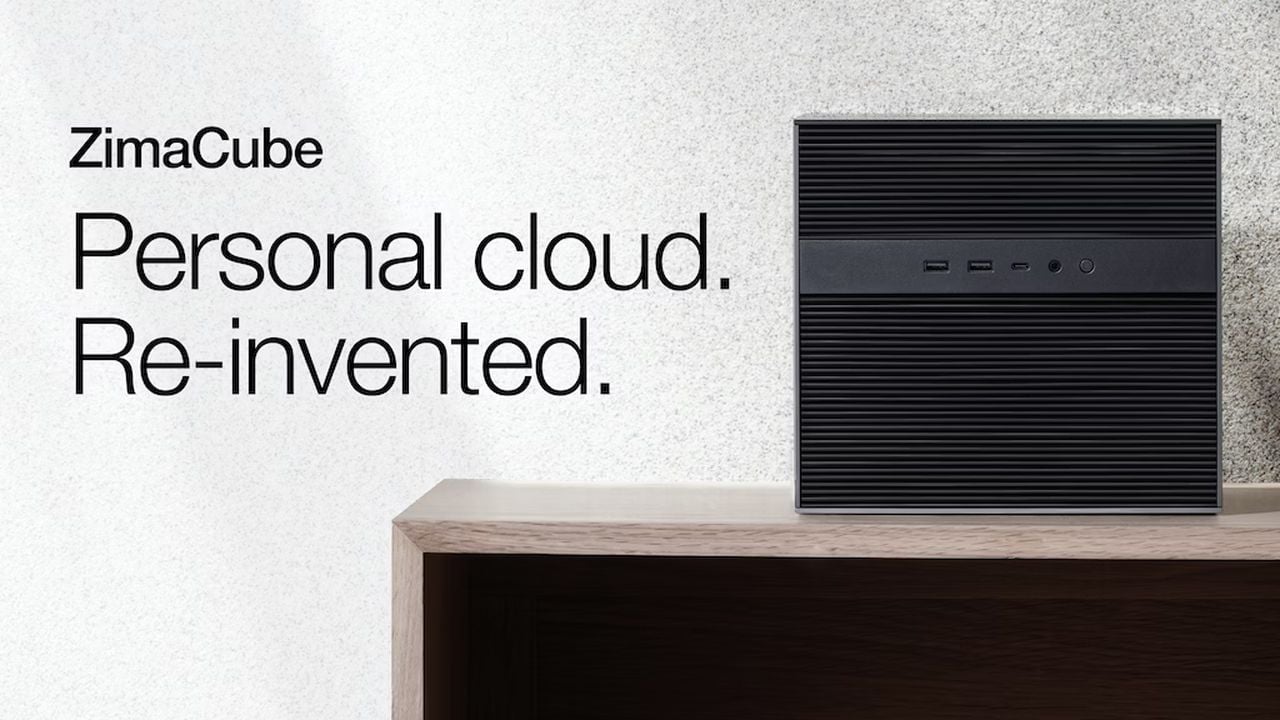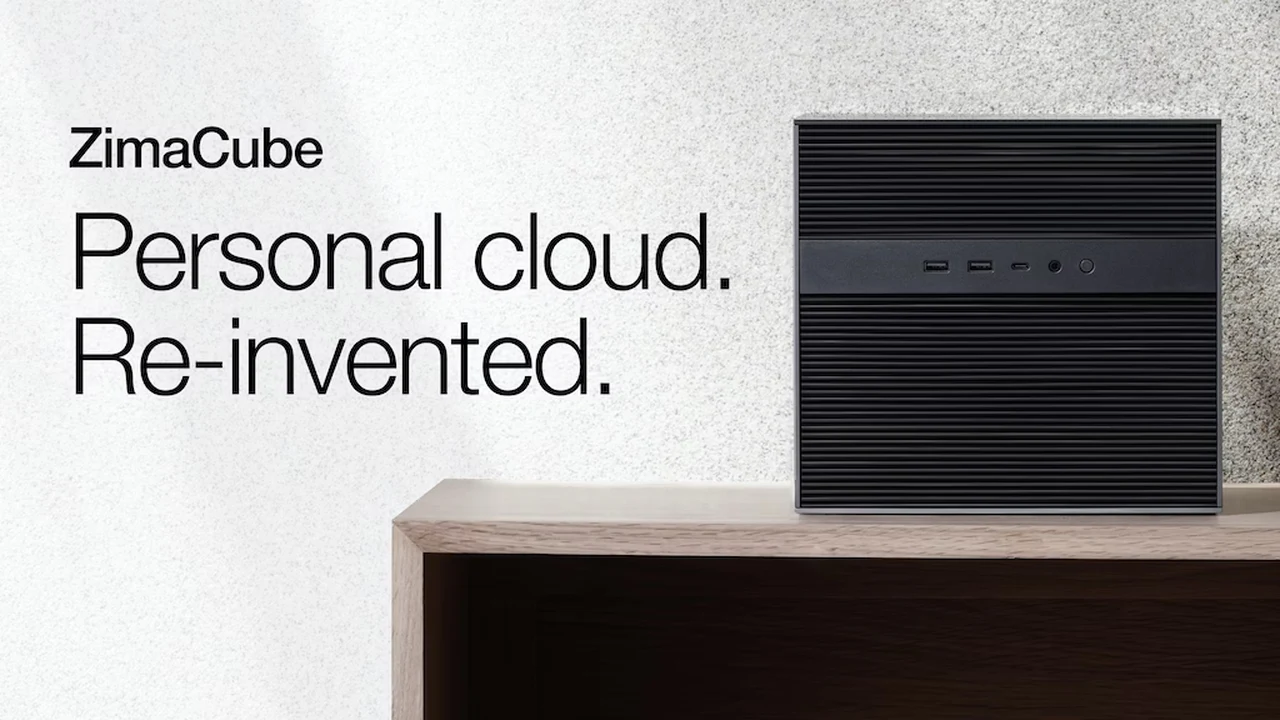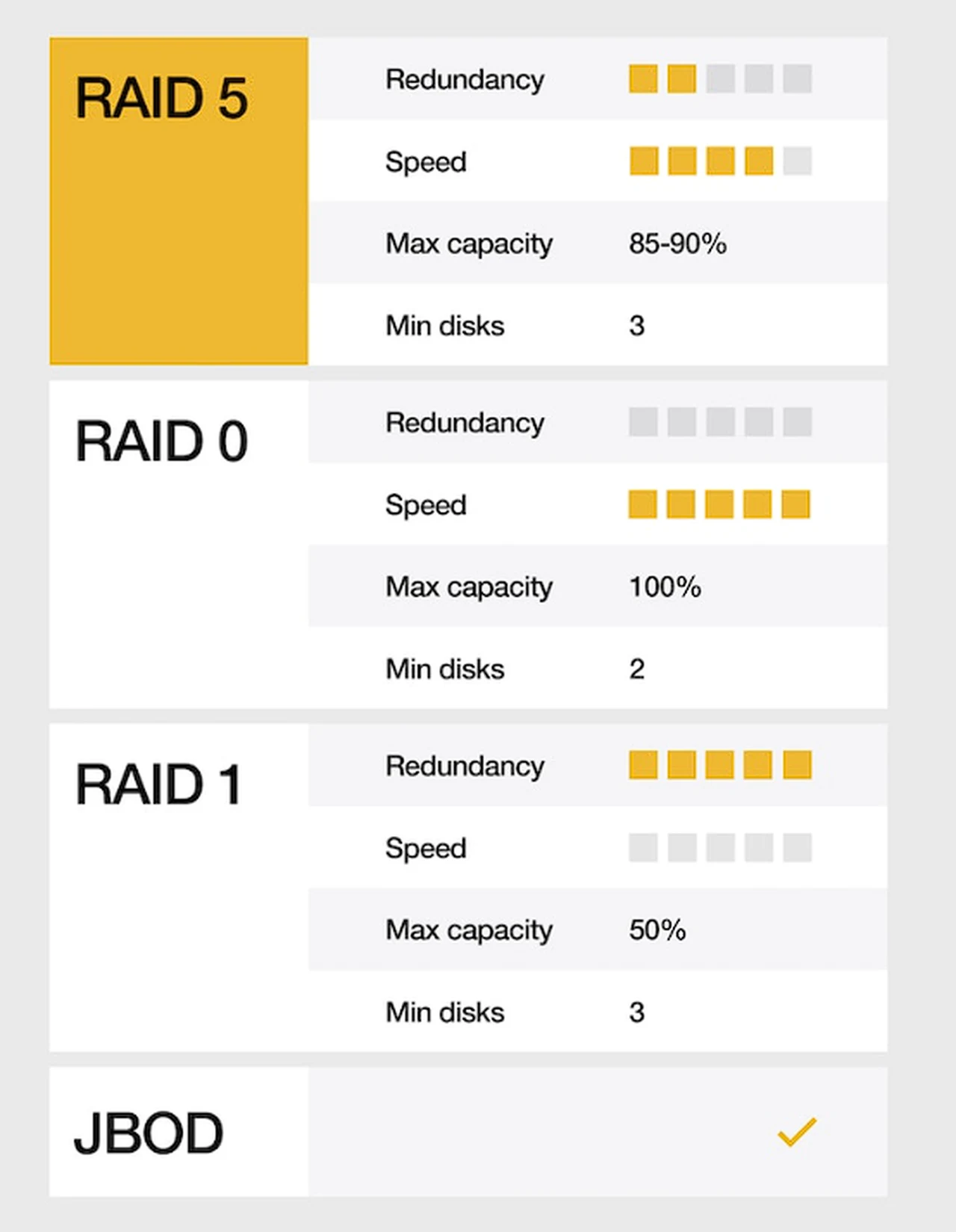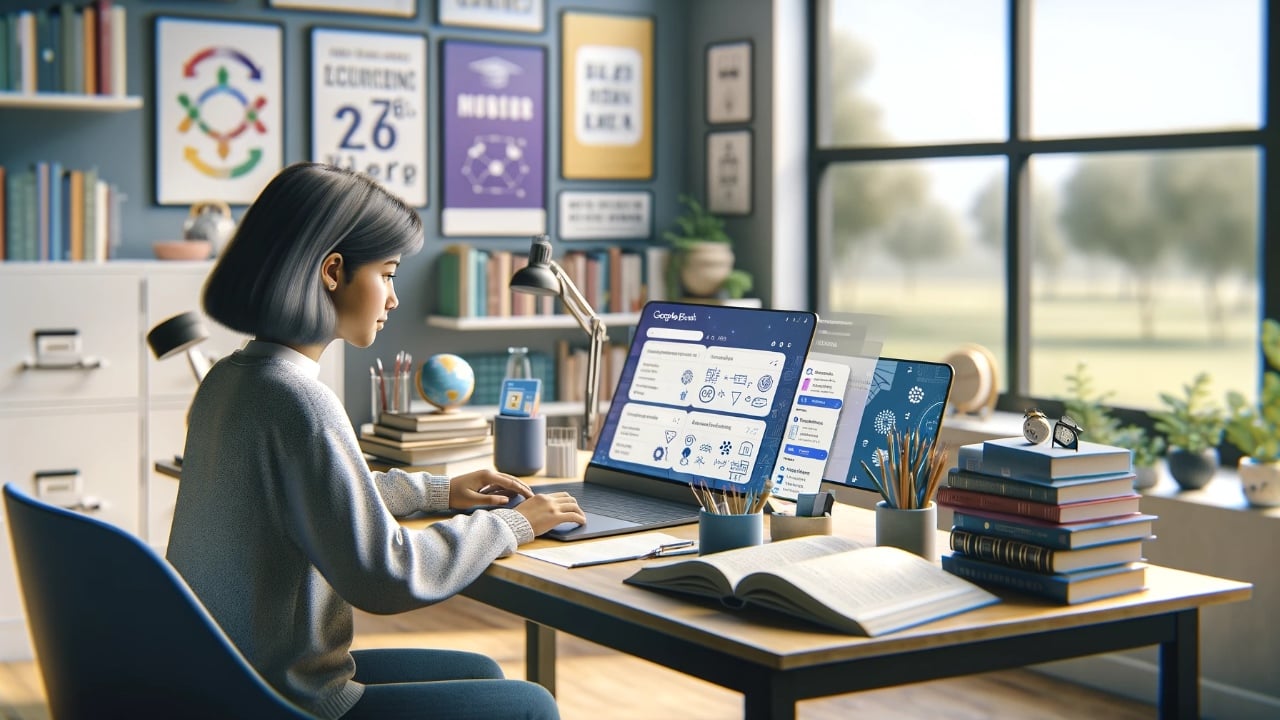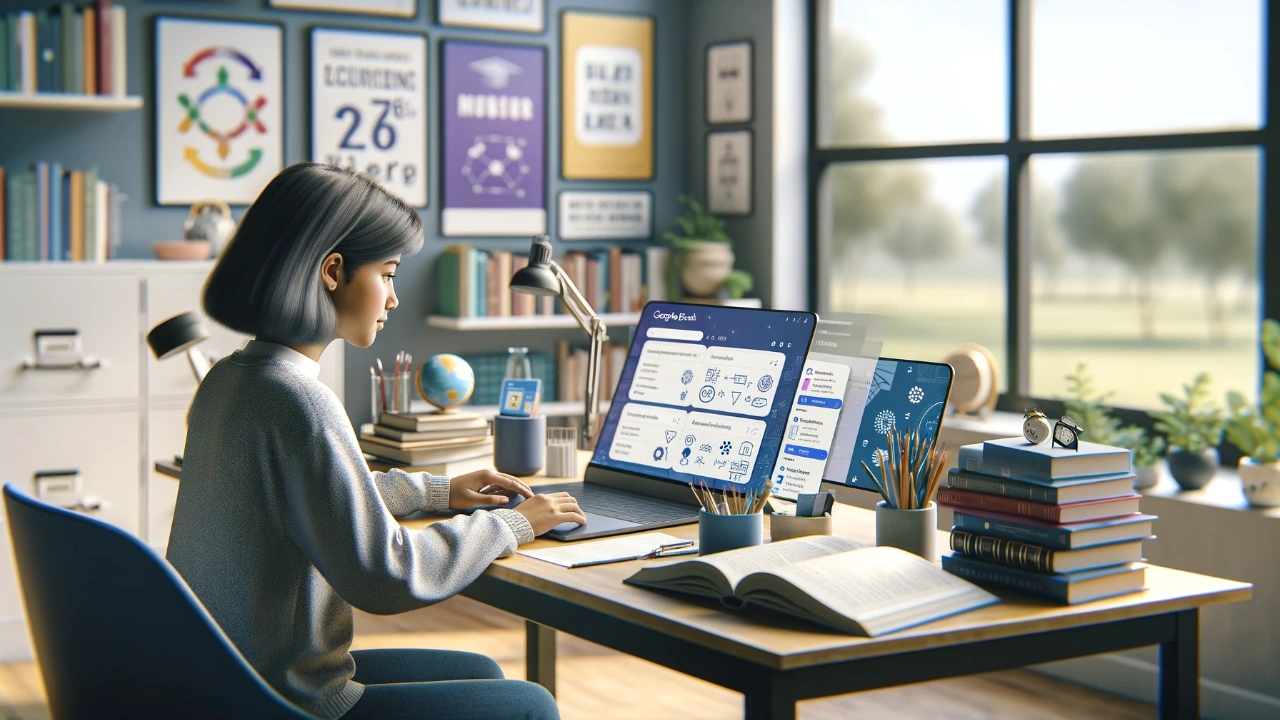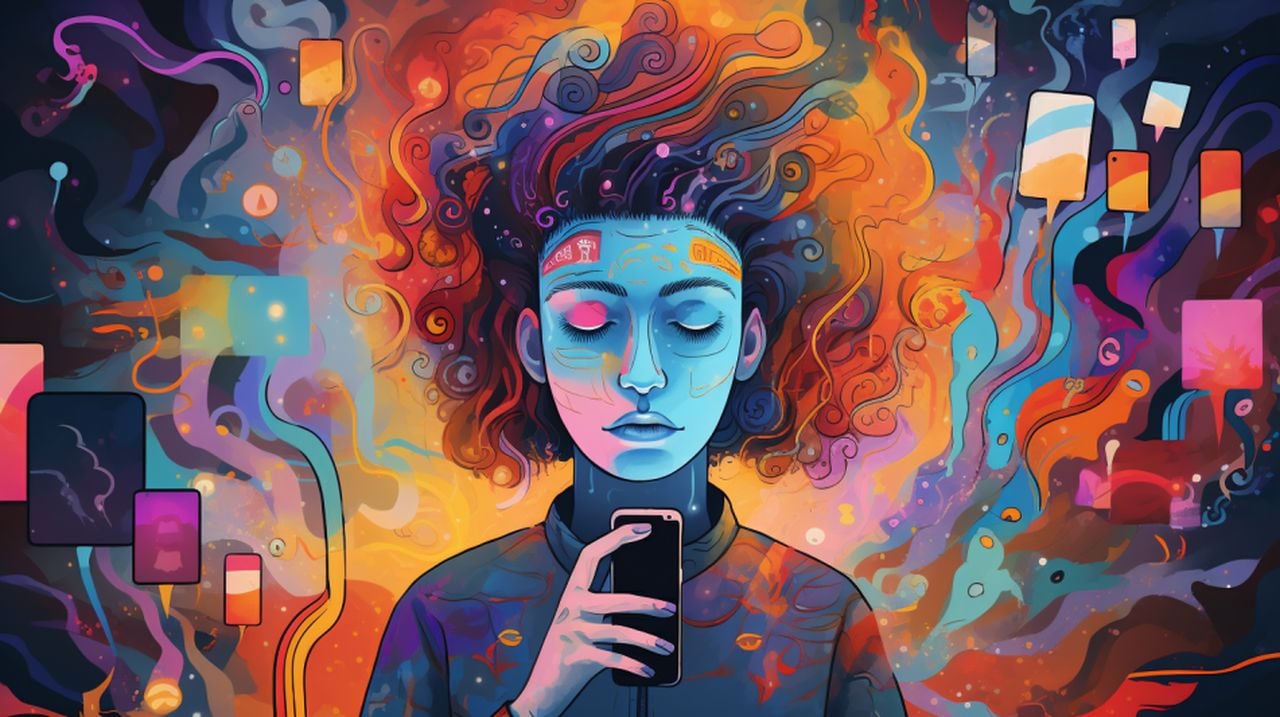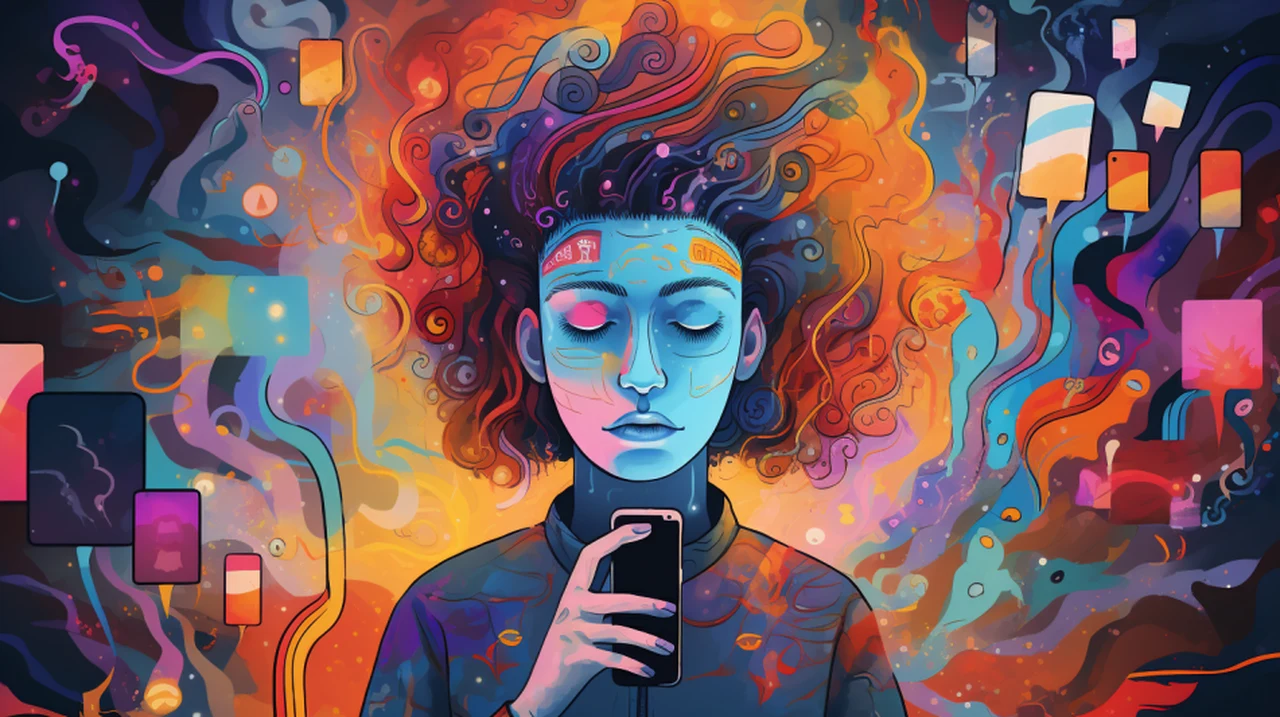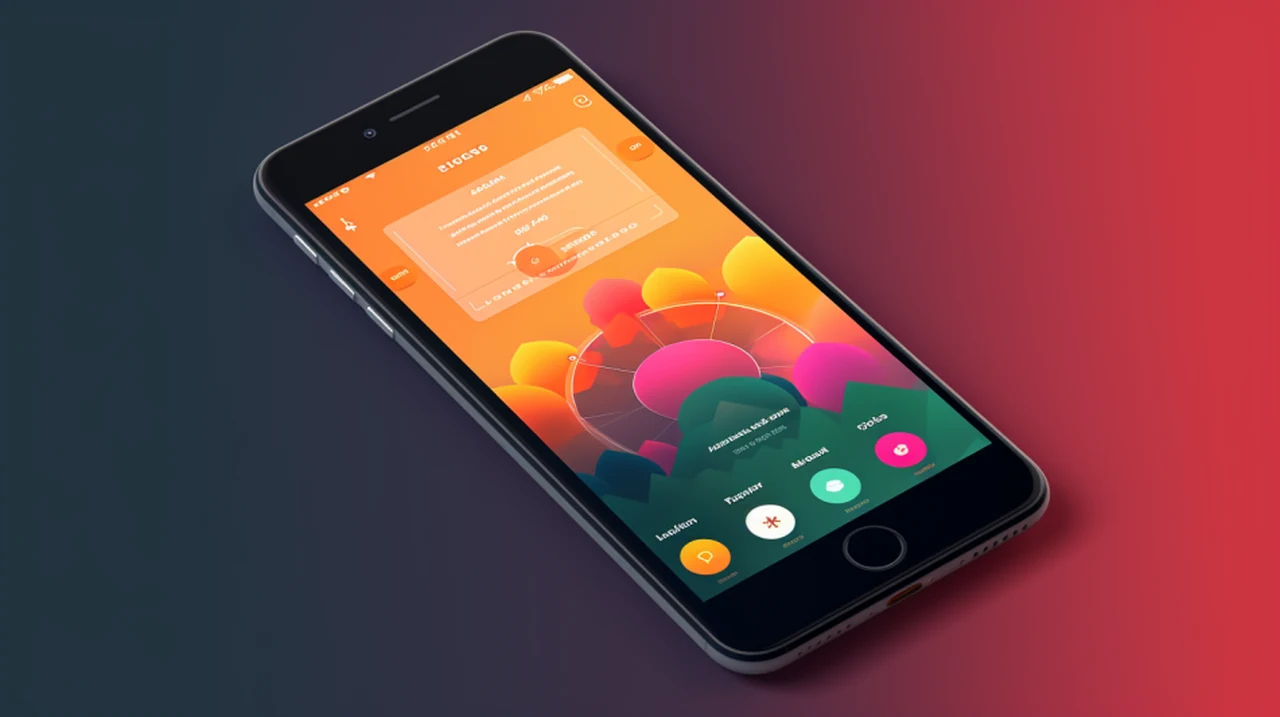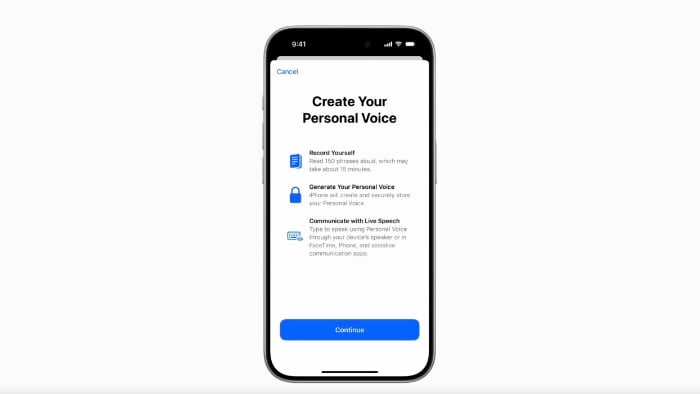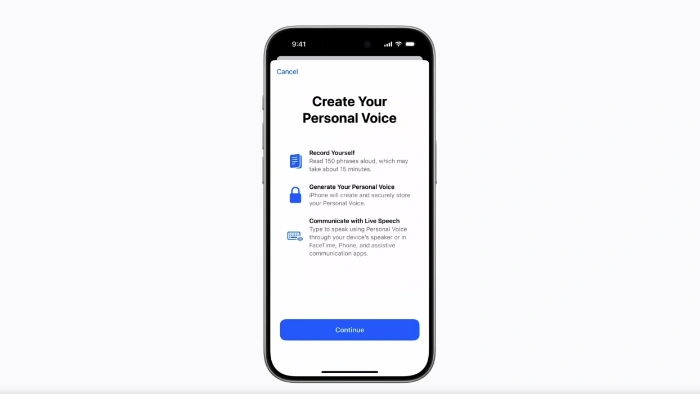
ChatGPT stands out as an advanced language model renowned for its ability to generate text that closely mimics human writing styles and patterns. This remarkable capability stems from its sophisticated design, which enables it to process and respond to various prompts. It’s not just about answering questions; ChatGPT can engage in simulated conversations, offering responses that often mirror human interaction. Moreover, its vast knowledge base allows it to provide detailed information on an array of subjects, making it an invaluable resource for those seeking to expand their understanding of diverse topics. This versatility transforms ChatGPT into more than just a technological marvel; it becomes a dynamic tool for personal development, catering to the curiosity and learning needs of individuals across different fields and interests. Its adaptability and depth make it a go-to solution for anyone looking to enhance their knowledge or skills in a particular area.
1. Information and Knowledge Expansion
For personal development, one can use ChatGPT to learn about new topics, understand complex concepts, or get summaries of books and articles. It can provide explanations in simple terms or deep dive into more technical aspects, depending on the user’s needs.
2. Skill Development
ChatGPT can be an aid in developing certain skills, particularly those related to communication, writing, and language learning. By engaging in conversations or asking it to critique or edit written work, users can improve their communication abilities.
3. Reflective Practice and Self-Analysis
Users can engage with ChatGPT in reflective practices. By narrating experiences or challenges and asking for feedback, one can gain different perspectives. While ChatGPT does not have personal experiences or emotions, it can simulate empathetic responses and provide generic advice based on common wisdom and knowledge.
Ethical and Practical Considerations
While using ChatGPT for personal development, it’s crucial to be aware of its limitations. ChatGPT does not possess personal experiences or emotional understanding. Its responses are generated based on patterns in the data it was trained on. Therefore, while it can provide general advice, it cannot replace the nuanced understanding that comes from human coaches or therapists.
1. Data Privacy
Be mindful of sharing personal or sensitive information. While OpenAI has implemented measures to respect user privacy, it’s wise to avoid sharing deeply personal or identifying details.
2. Dependence and Realistic Expectations
Avoid over-reliance on ChatGPT for decision-making or emotional support. It’s a tool that can offer guidance, but it’s not equipped to handle complex emotional or life-critical issues.
Practical Applications in Personal Development
1. Goal Setting and Tracking
ChatGPT can assist in setting personal development goals by offering templates or ideas for goal-setting. It can also serve as a check-in partner to discuss progress.
2. Learning and Education
It can provide explanations, summaries, and even quizzes on various topics, aiding in learning and self-education.
3. Communication Practice
For those looking to improve their communication skills, conversing with ChatGPT can offer a risk-free environment for practice.
4. Creative Thinking and Problem Solving
Engaging in brainstorming sessions with ChatGPT can provide new perspectives and ideas, fostering creative thinking.
Summary
Filed Under: Guides
Latest timeswonderful Deals
Disclosure: Some of our articles include affiliate links. If you buy something through one of these links, timeswonderful may earn an affiliate commission. Learn about our Disclosure Policy.








